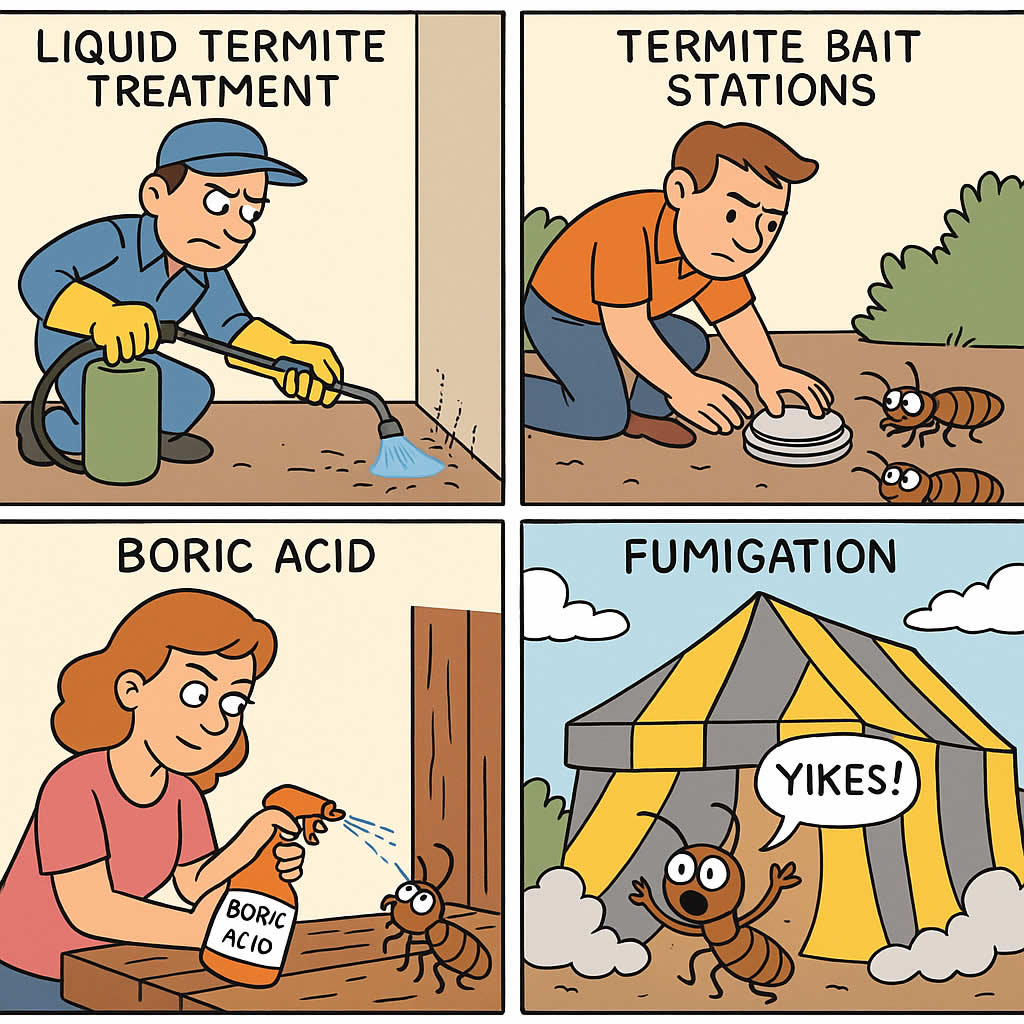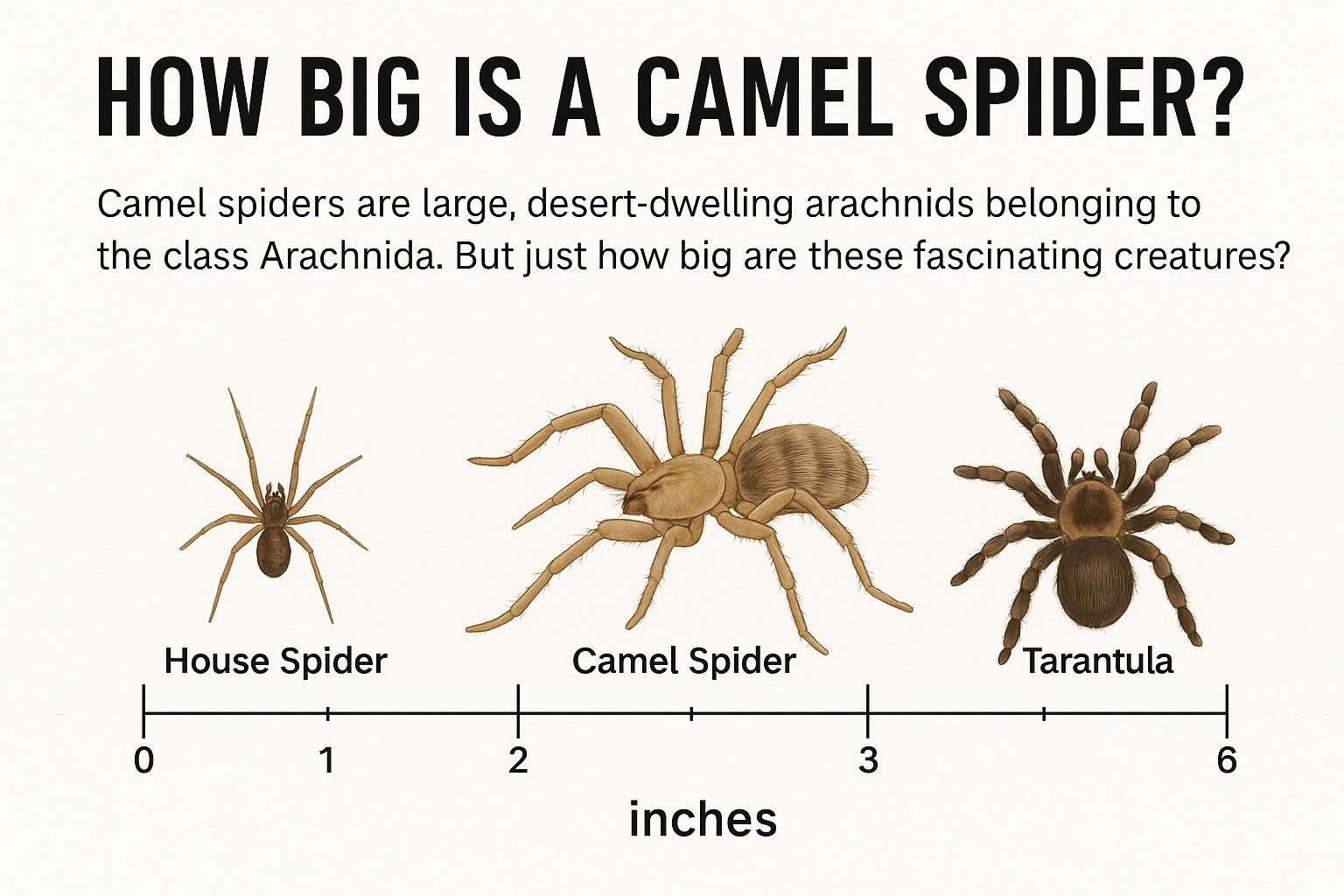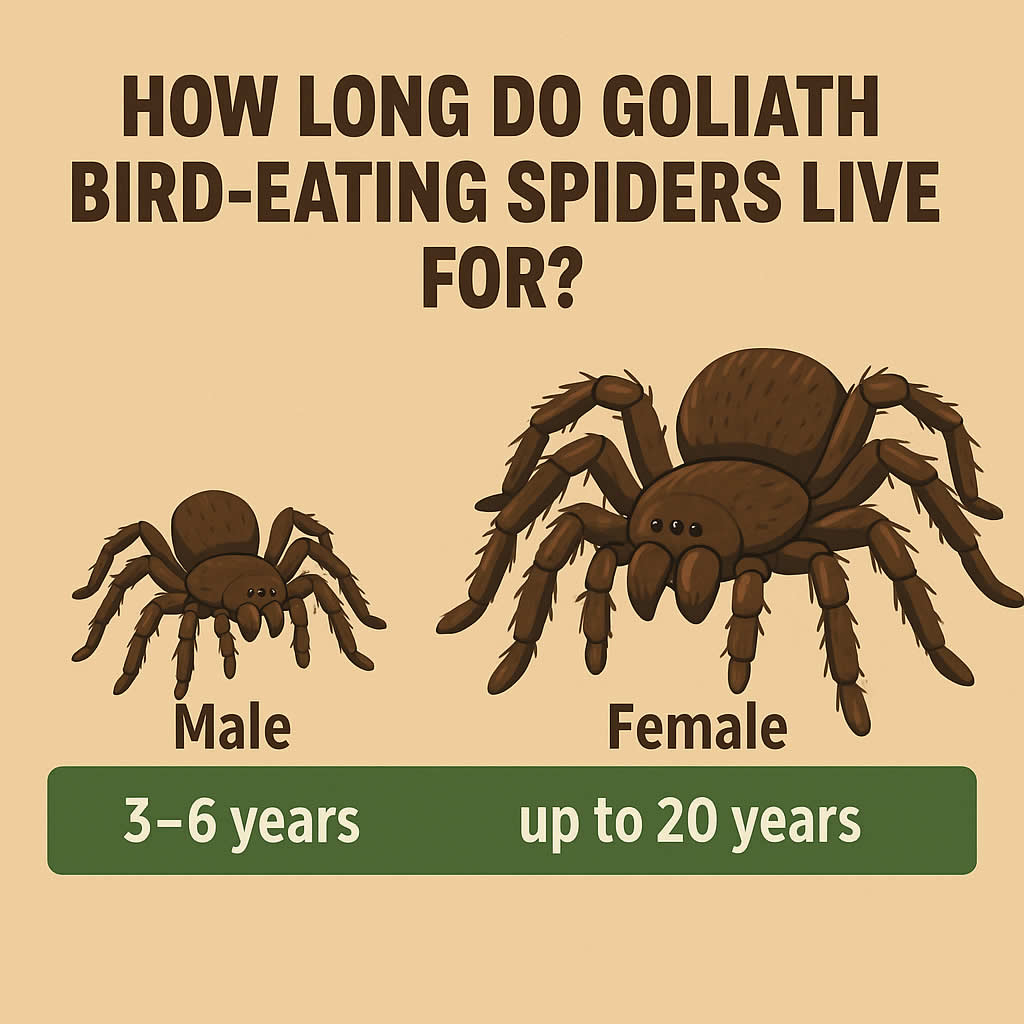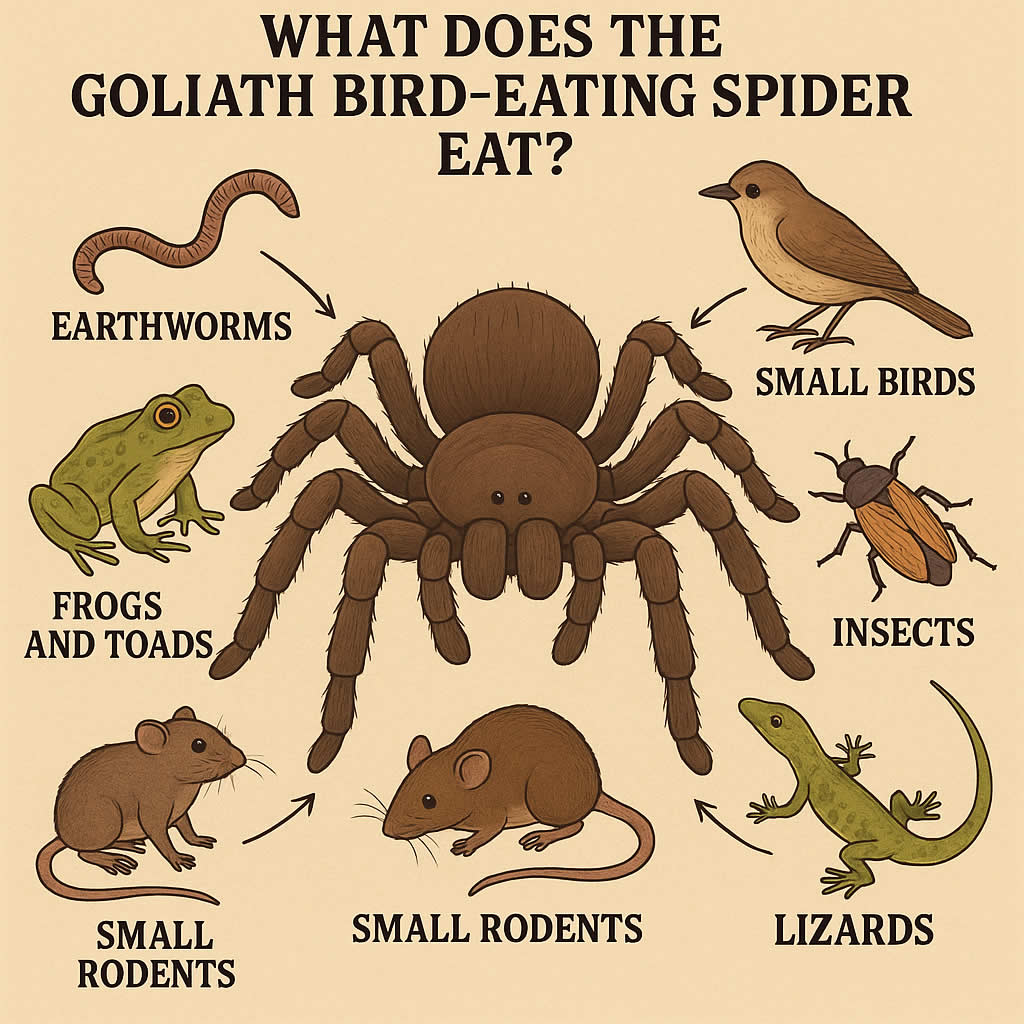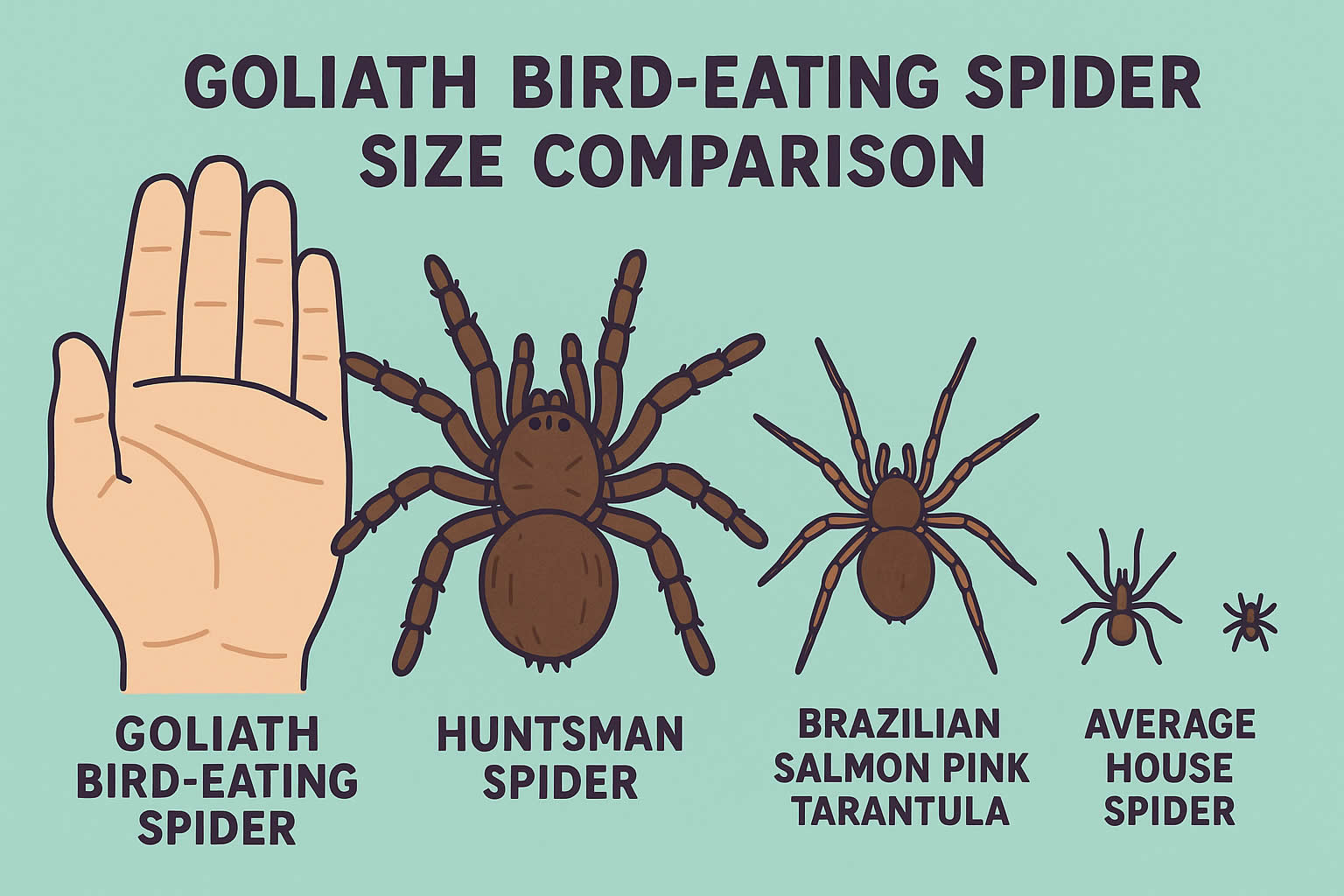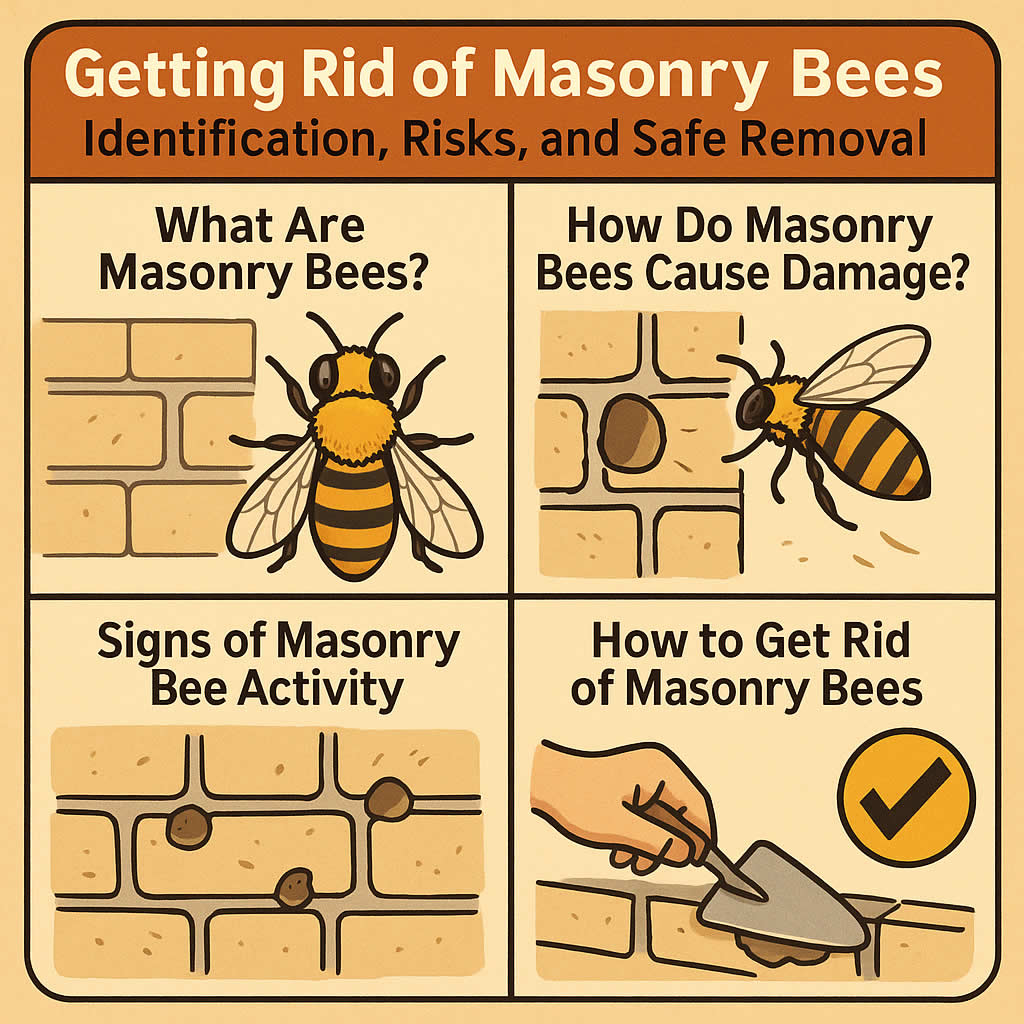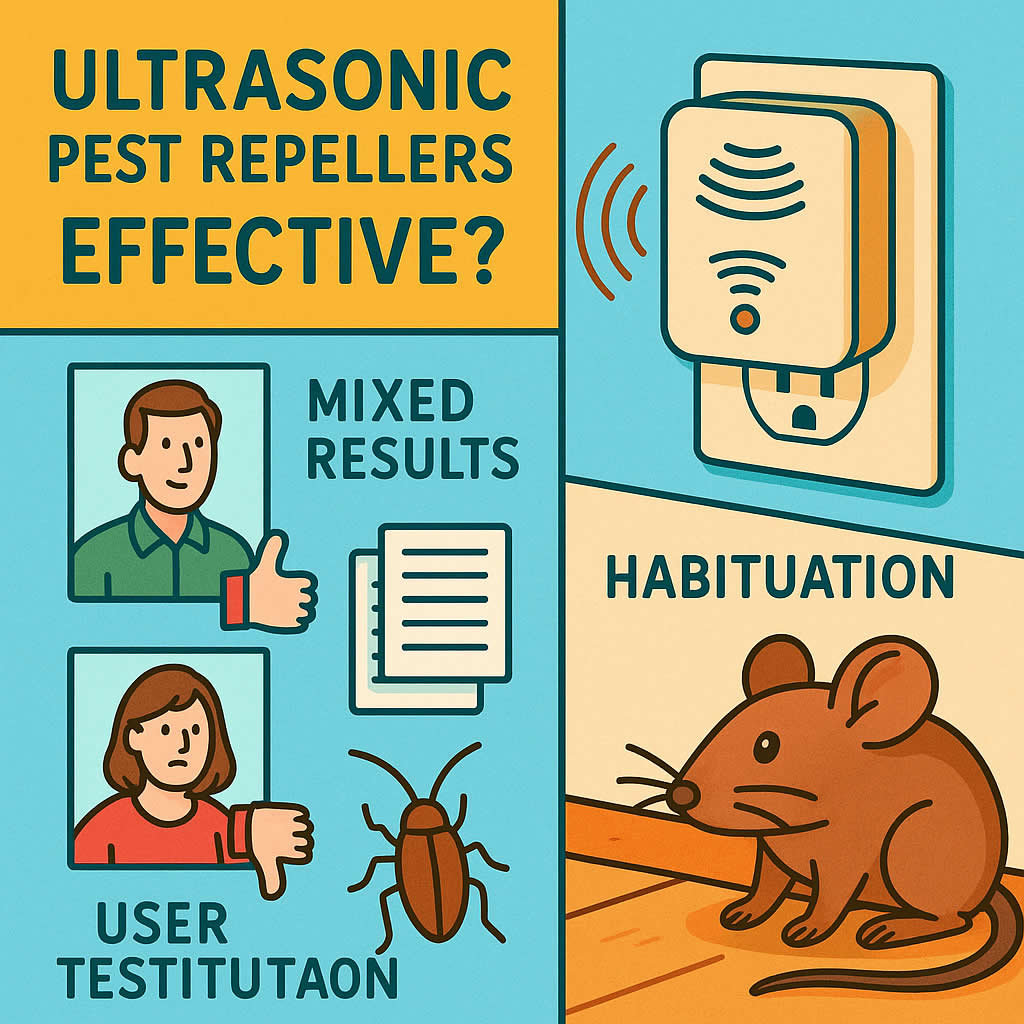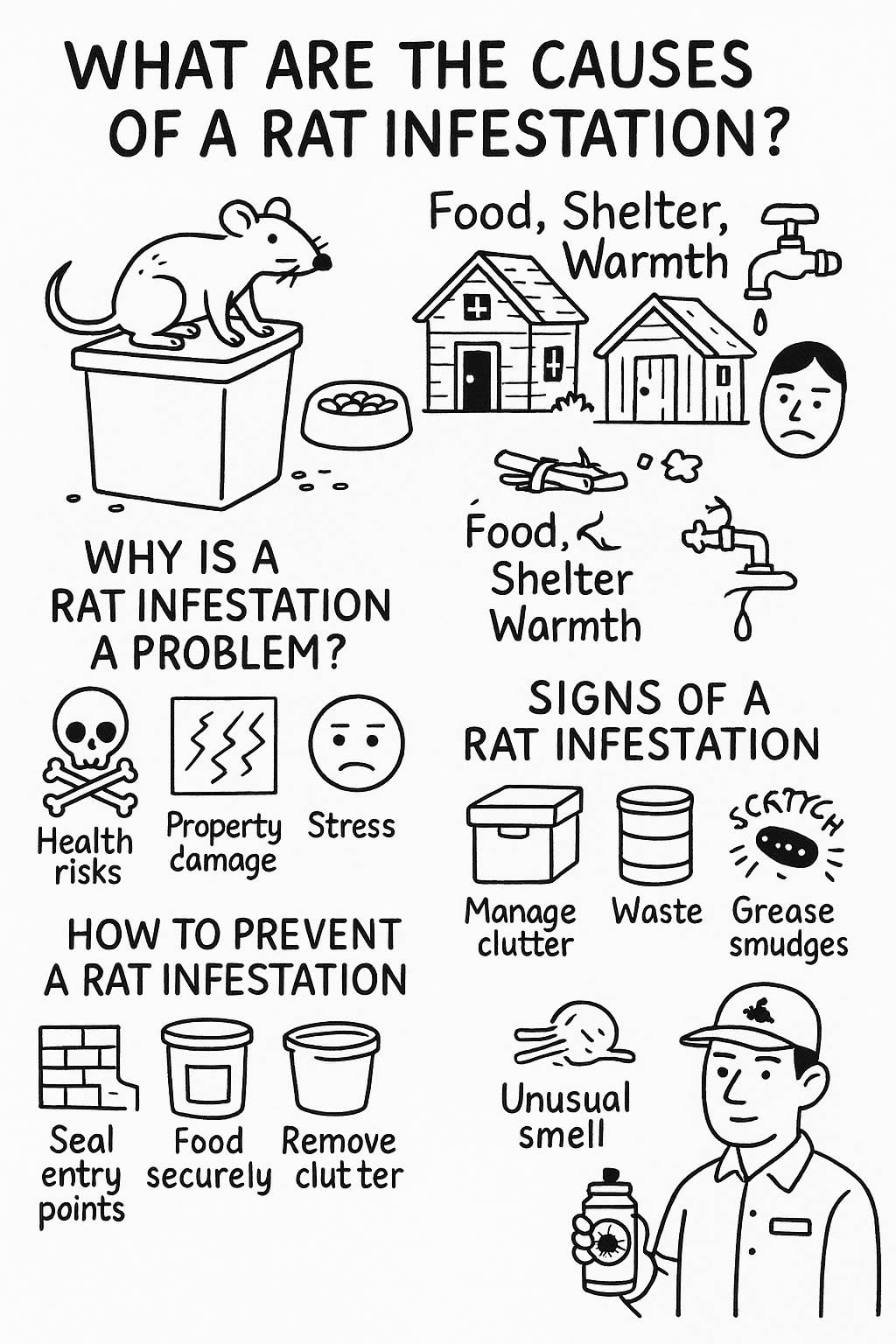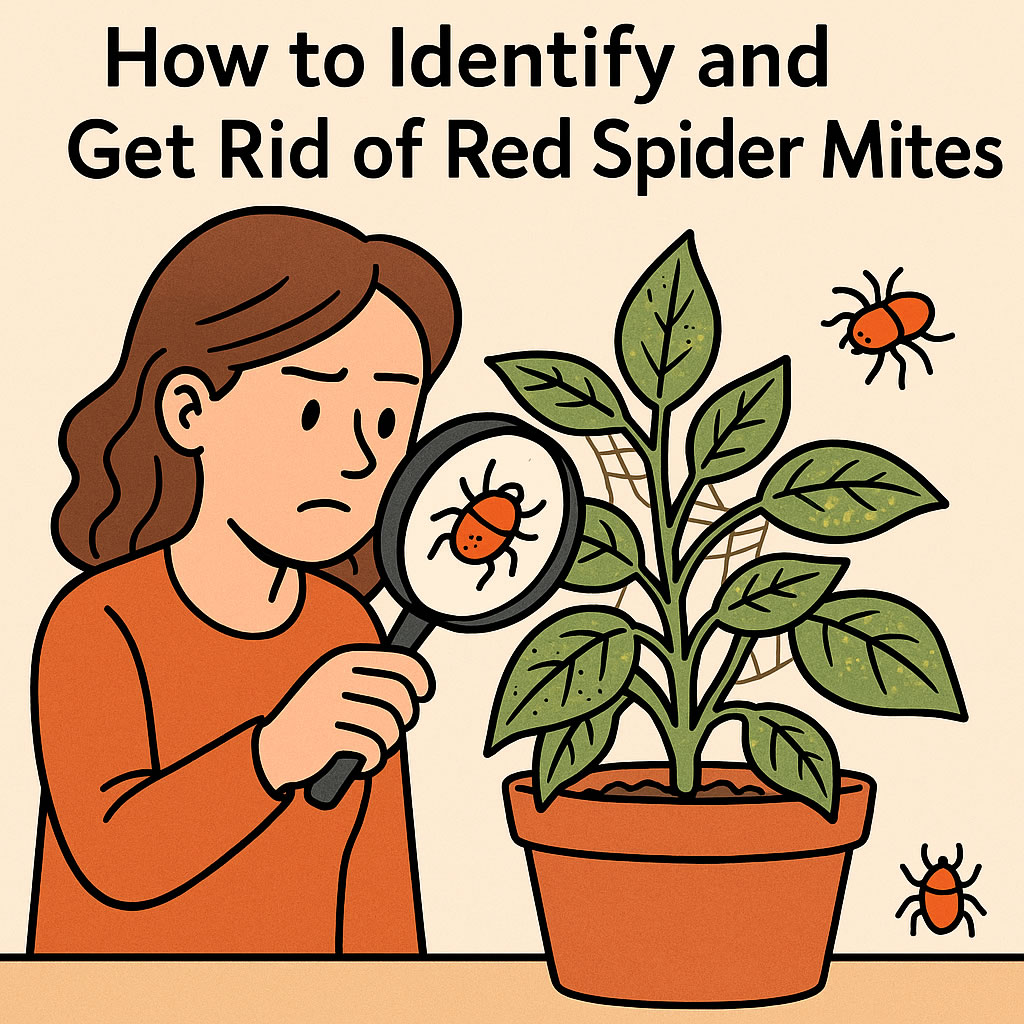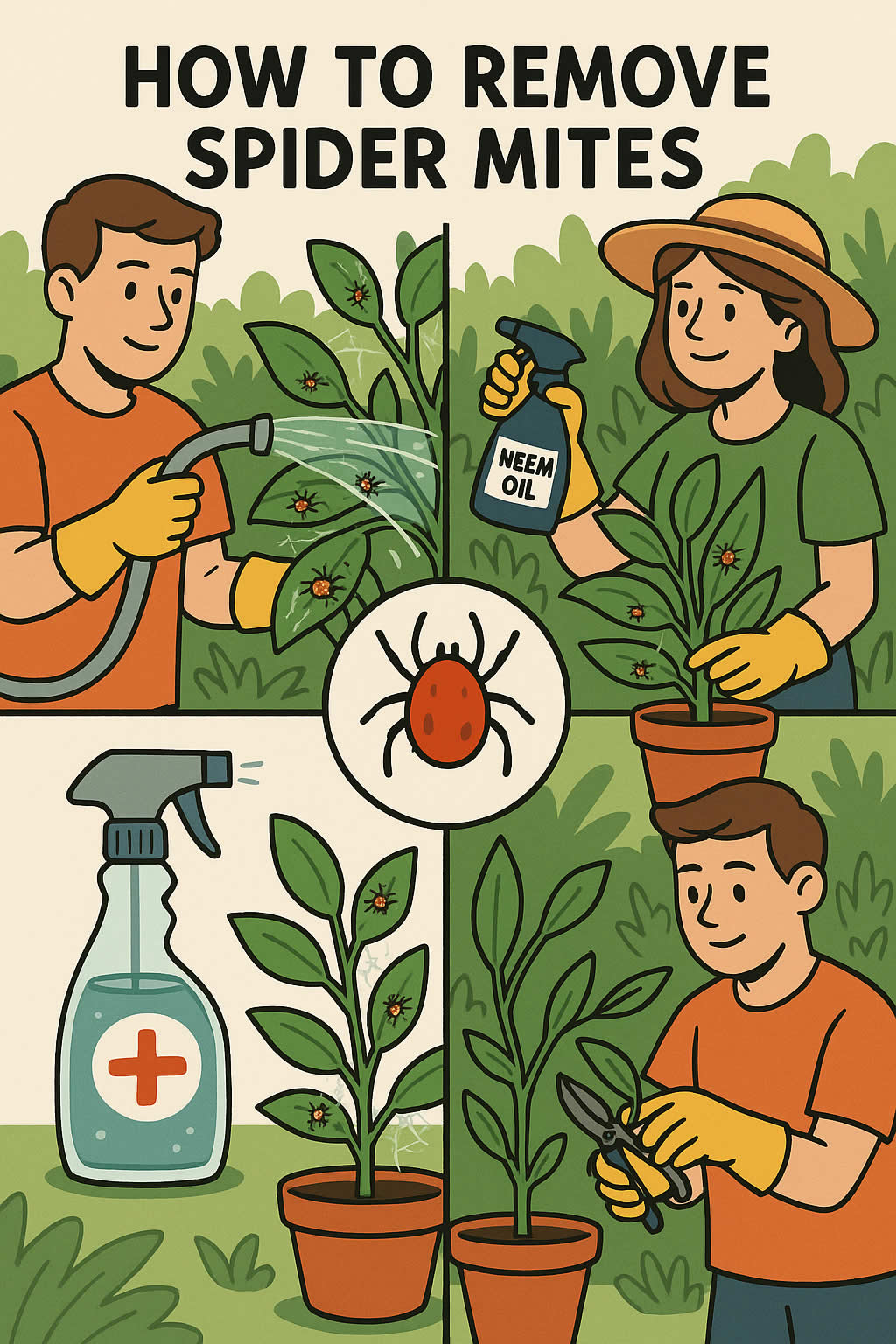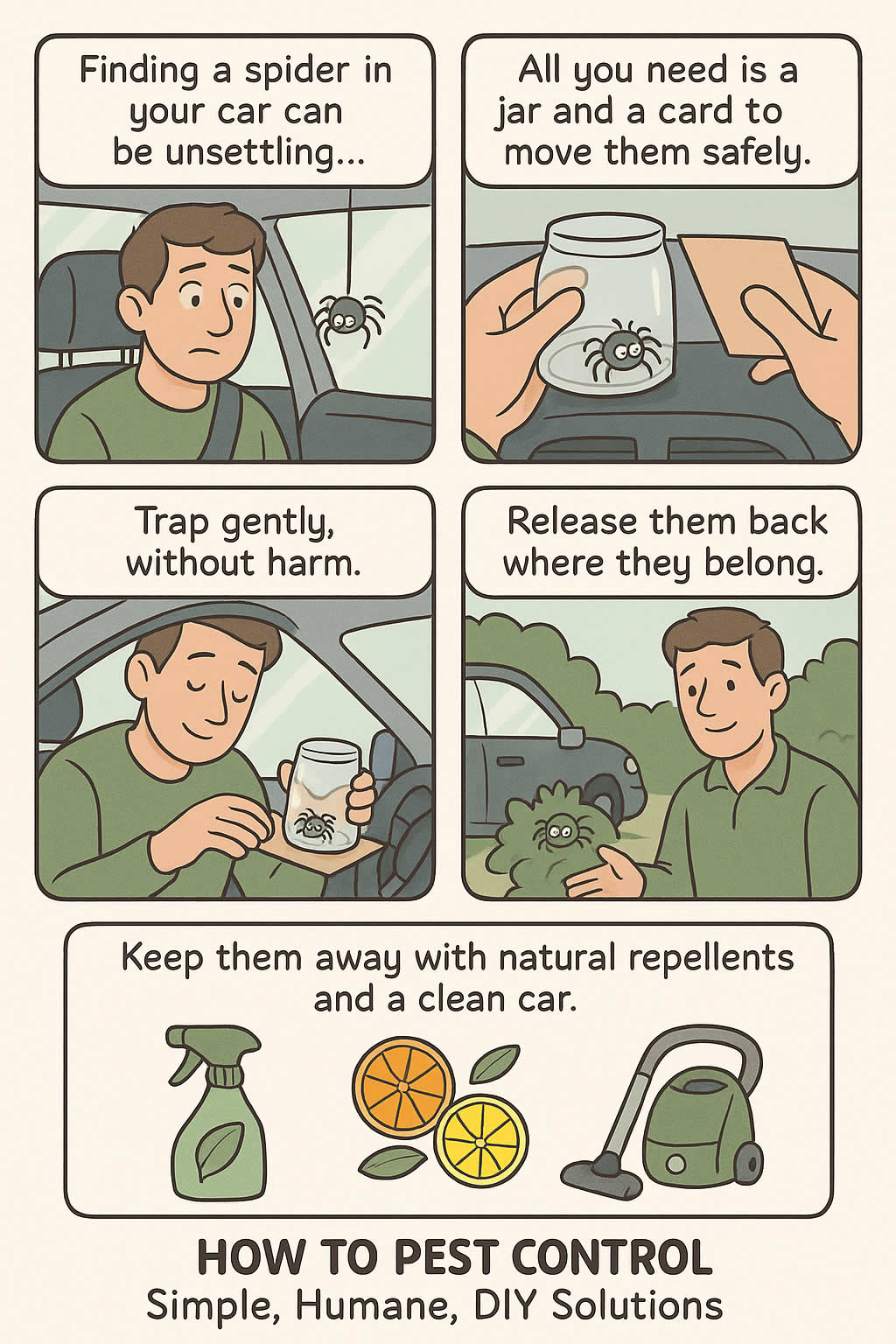Related Queries
ToggleTermites can be a nightmare for any homeowner. They’re silent, they’re destructive, and if you don’t deal with them, they can cause serious damage. But knowing how to do termite treatment can save your home from disaster. This guide will take you step by step through the different methods you can use to get rid of termites and protect your property.
What Are the Main Types of Termites You Need to Treat?
Before you start any termite treatment, you need to know what type of termite you’re dealing with. The treatment you choose will depend on the type of termite.
- Subterranean termites live in the soil. They build mud tubes to reach wood and can be found around your home’s foundation.
- Drywood termites live inside the wood they’re eating. They don’t need soil to survive, which means they can infest furniture, beams, and even your attic.
- Dampwood termites are attracted to moisture. They’re usually found in damp, decaying wood, like rotting logs or wet timber.
How Do You Know If You Need Termite Treatment?
If you’re seeing signs of termites, it’s time for treatment. Some of the most common signs include:
- Mud tubes running along walls or foundations.
- Hollow-sounding wood when you tap it.
- Small, sand-like piles of frass (termite droppings).
- Discarded wings near windows or doors.
- Blistering or bubbling paint.
What Are the Different Types of Termite Treatment?
There are a few main types of termite treatment you can choose from. Each has its strengths and weaknesses, and the one you choose will depend on the size of the infestation, the type of termites, and your budget.
Liquid Termiticide Treatment
Liquid termiticide is one of the most common treatments for termites. It involves applying a chemical barrier around the perimeter of your home. When termites come into contact with it, they die.
- How It Works: A pest control professional will dig a small trench around your home and fill it with liquid termiticide. This creates a barrier that termites can’t cross.
- Where to Use It: This is best for treating subterranean termites.
- How Long It Lasts: Liquid treatments can last for several years, depending on the product you use.
Termite Bait Stations
Termite bait stations are small, plastic devices that contain a slow-acting poison. Termites eat the bait, then take it back to their colony, killing others.
- How It Works: Bait stations are placed around your home, usually in the soil. Termites find the bait, eat it, and share it with the rest of the colony.
- Where to Use It: These are great for outdoor use, especially around the perimeter of your home.
- How Long It Lasts: You’ll need to monitor and replace the bait regularly, but it’s a long-term solution.
Boric Acid Treatment
Boric acid is a natural compound that’s toxic to termites. It’s one of the safest chemical treatments you can use around your home.
- How It Works: Mix boric acid with water and spray it onto affected areas. You can also use boric acid powder and apply it directly.
- Where to Use It: This is great for indoor use, especially on wooden furniture and walls.
- How Long It Lasts: You’ll need to reapply it every few weeks for the best results.
Termite Foam
Termite foam is perfect for hard-to-reach areas. It expands to fill cracks and crevices, killing termites on contact.
- How It Works: You spray the foam into the affected area. It expands, filling gaps and covering the termites.
- Where to Use It: Use it in wall cavities, furniture, and other hidden spaces.
- How Long It Lasts: Foam can kill termites immediately, but you may need to reapply it for complete control.
Fumigation
Fumigation is one of the most effective treatments for drywood termites. It’s a whole-house treatment that kills termites in all areas.
- How It Works: Your home is sealed with a tent, and a gas is pumped inside. This gas kills termites throughout the entire structure.
- Where to Use It: This is best for severe infestations, especially in large buildings.
- How Long It Lasts: Fumigation works instantly, but it doesn’t prevent future infestations.
How Do You Choose the Right Termite Treatment?
Choosing the right termite treatment depends on a few factors:
- The type of termites you have. Subterranean termites are best treated with liquid termiticide or bait stations. Drywood termites are better treated with fumigation or boric acid.
- The size of the infestation. If it’s a small problem, you might be able to handle it with boric acid or foam. For a large infestation, you’ll need professional help.
- Your budget. Fumigation can be expensive, while boric acid and bait stations are more affordable.
How Do You Do a DIY Termite Treatment?
If you want to try treating termites yourself, here are a few options:
Use Boric Acid Spray
- Mix boric acid with water in a spray bottle.
- Apply it directly to affected wood.
- Repeat every few days for the best results.
Set Up Cardboard Traps
- Wet a few pieces of cardboard and place them near the infested area.
- Once termites start feeding on it, remove the cardboard and burn it.
- Repeat until you don’t see any more termites.
Use Essential Oils
- Mix a few drops of orange or neem oil with water.
- Spray this onto affected areas.
- Repeat every few days.
Apply Diatomaceous Earth
- Sprinkle diatomaceous earth around the affected area.
- This powder dries out the termites, killing them.
How Do Professionals Do Termite Treatment?
If you decide to call a professional, here’s what you can expect:
- Inspection: The pest control expert will inspect your home to find the source of the infestation.
- Treatment Plan: They will recommend the best treatment for your situation. This could be liquid termiticide, bait stations, foam, or fumigation.
- Application: They will apply the treatment. This may involve digging a trench around your home, spraying walls, or setting up bait stations.
- Monitoring: Some treatments, like bait stations, require regular monitoring to ensure they’re working.
- Follow-Up: The pest control company may offer a warranty, so they’ll come back if the termites return.
What Are the Best Products for Termite Treatment?
If you’re buying products to do the treatment yourself, here are a few that work well:
- Termidor: A popular liquid termiticide.
- Spectracide Terminate: A bait station system.
- Bora-Care: A boric acid-based product that soaks into wood.
- Ortho Home Defense Termite and Destructive Bug Killer: A foam spray.
- Premise Foam: Perfect for getting into small cracks.
How Can You Prevent Termites After Treatment?
Once you’ve treated for termites, it’s important to keep them away. Here’s how you can prevent them:
- Reduce moisture: Fix any leaks and make sure your gutters are clear.
- Keep wood away from soil: Don’t let wooden structures touch the ground.
- Store firewood away from your home.
- Seal cracks around windows, doors, and your foundation.
- Use treated wood for any new building projects.
How Often Should You Do Termite Treatment?
This depends on the treatment you choose:
- Liquid termiticide can last for several years.
- Bait stations need to be checked and replaced regularly.
- Boric acid and essential oils should be reapplied every few weeks.
- Fumigation is usually a one-time treatment but doesn’t prevent future infestations.
Final Thoughts
Termites are a serious problem, but with the right treatment, you can get rid of them and protect your home. Start by identifying the type of termite you’re dealing with, then choose the best treatment method for your situation. If you’re not comfortable doing it yourself, don’t hesitate to call a professional. Regular inspections and good maintenance can help keep termites away for good. Remember, it’s always better to catch them early than to deal with major damage later.
Pest Control Lower Sundon – Pest Control Isle Of Wight – Pest Control Cauldwell
